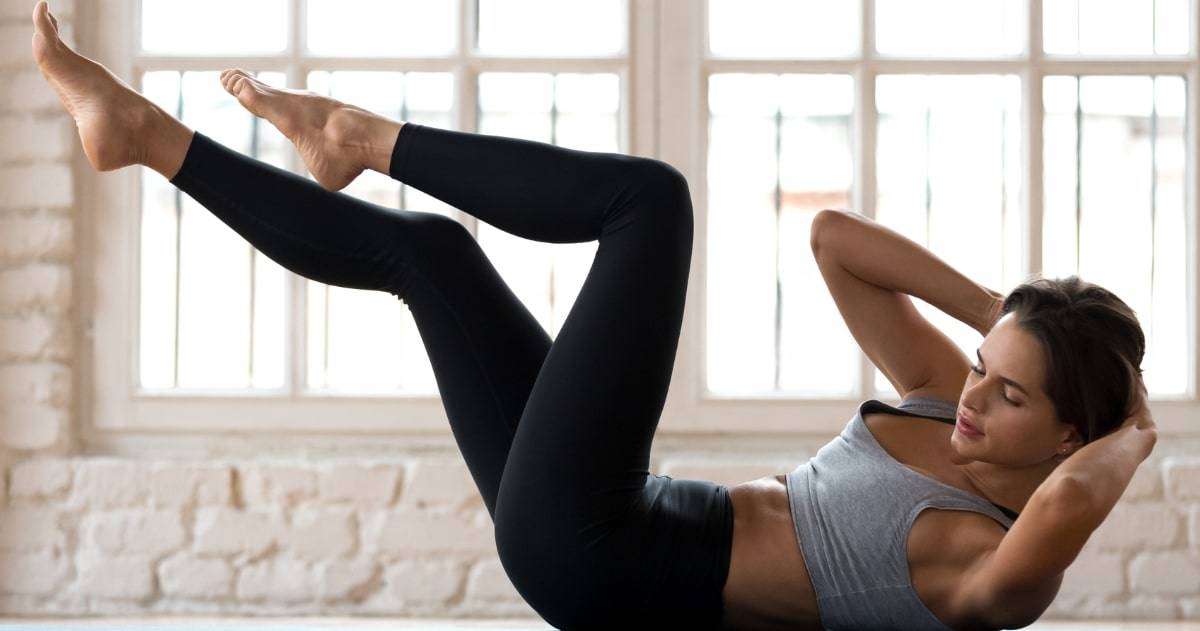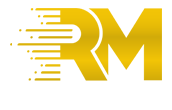
Egg diet
September 9, 2020
RM Trainer 1st Anniversary
September 29, 2020
Egg diet
September 9, 2020
RM Trainer 1st Anniversary
September 29, 2020Often, when you start training, there is a tendency for this muscle to be forgotten, but it has many benefits in addition to the aesthetic ones. Know which ones!
DATE: September 2020
AUTHOR: Rui Madeira | Exercise

Oblique abs are undoubtedly a muscle that we should not forget. Its function is to stabilize the trunk in movements of rotation and lateral flexion. If we focus on a more aesthetic aspect, we can talk about the famous V in the abdomen.
As the name suggests, they are the ones who work when we do cross work, that is, we work the opposite side of the one we move. The obliques are made up of the largest oblique, which is the external, and the smallest, which is the internal.
Having strong obliques will help us to increase spine control and stability. In this way, the column will better support loads in position of rotation or lateral inclinations, which are more vulnerable positions to support loads.
To work the obliques, specific exercises for this area must be performed. When we train the abdominals or traditional planks, we work the central area of the abdomen, focusing on the anterior rectus of the abdomen and the transversus. For obliques we must perform cross crunches, as they affect this abdominal musculature more, for example, in the crunch where we bring the elbows to the opposite knees, or side planks, with the weight of the body on one side.
To do a good abdominal job, it is recommended to do abdominal exercises that are varied enough to induce the different muscles not only of the rectus abdominis and transverse muscles, but also obliques, which is what we usually do, due to lack of knowledge or variety.
Some exercises to work in this area can be:
• Side plank: lie on your side, with your body weight supported on your forearm and your feet flat on the floor. Keep your torso and legs aligned, forming a straight line. To rest, bend your knees and lower slowly.
• Standing, with knees slightly bent. You will need to use a band for this exercise. Apply pressure with your arms in and out in front and at chest level, supporting the resistance offered by the band that pulls perpendicular to your arms. Depending on the support base, the difficulty will change; standing, kneeling or with one leg in front.
• Foot to foot crunch: the position starts with classic abdominal compression, but you will turn sideways trying to touch your heels with your fingertips and your arms straight.
To perform oblique abdominal work exercises, some tips that apply to everyone is to respect the indicated posture very well. If the back is straight if we are standing, or fully supported if we are on the floor, the position of the arms, without crossing the legs, etc. All these details will lead us to make the movements correctly. On the other hand, they will also prevent injuries. When working in this area, the back is usually affected by not doing the exercises correctly, so respect the postures and perform slow and well-marked movements, without sudden gestures or inertia.
In summary, RM Trainer reminds you that everyone should be aware of their limitations. It will always be positive to vary the type of training and exercises, however it will always be important to respect the individuality of each person so that he / she will not be harmed in terms of possible injuries. Good training!
